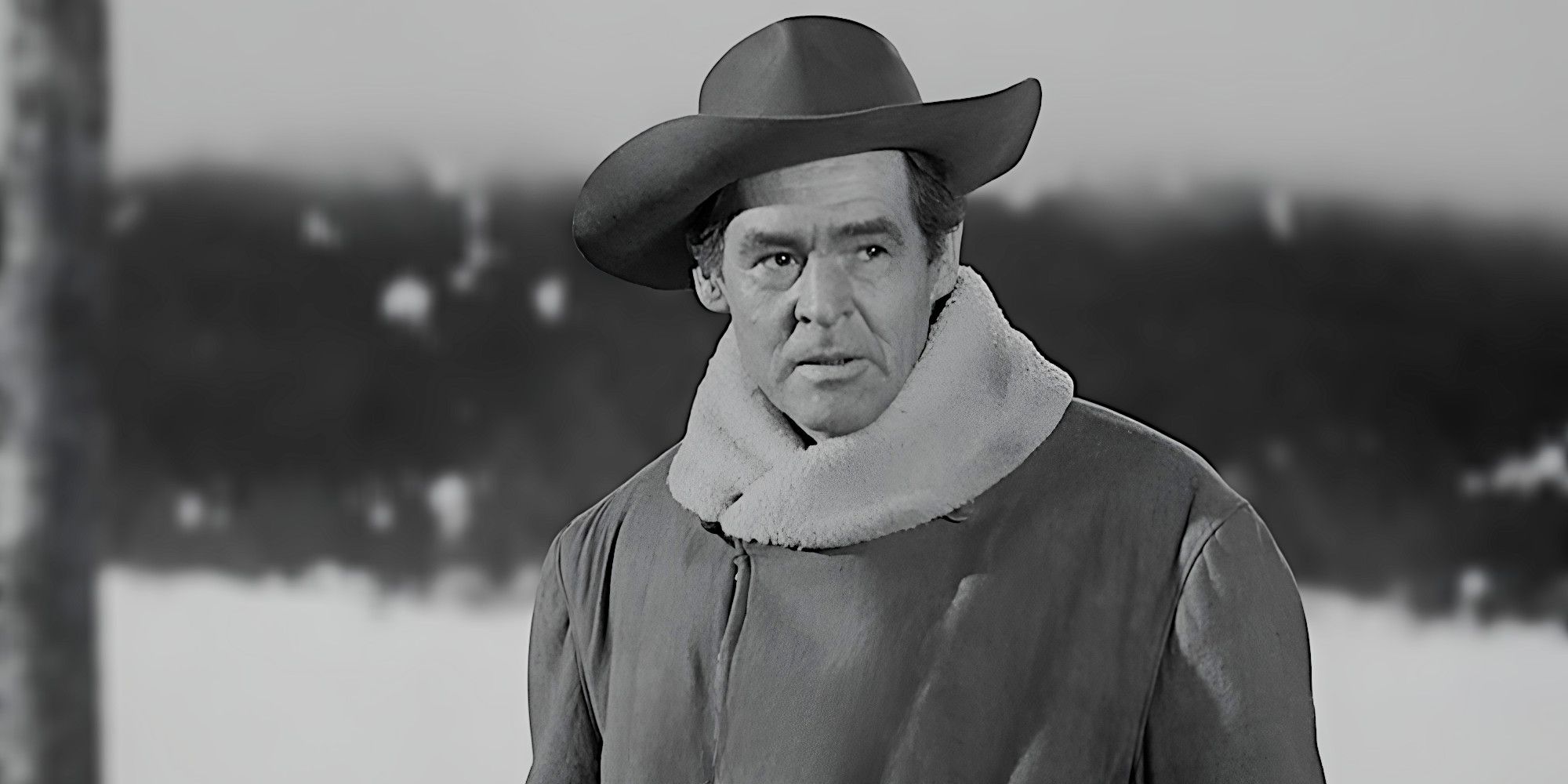The traditional Hollywood Western arguably reached its peak in the 1950s, the decade that saw the release of classics like High Noon, Shane, Rio Bravo, and The Searchers, movies that have entered the cinema canon. Changes would soon come, as cultural shifts rendered Hollywood traditionalism obsolete, opening the door for the genre reinventions of Sergio Leone, Sam Peckinpah, and others.
Everyone knows the famous 1950s Westerns of John Ford, George Stevens and Howard Hawks. But the decade featured plenty of other, less-heralded examples of the genre, from an array of directors like Samuel Fuller, Robert Aldrich, and Budd Boetticher, whose off-beat works inspired later cinematic individualists like Leone and Peckinpah, and eventually Quentin Tarantino.
10
The Baron of Arizona
Vincent Price Devises An Audacious Scam
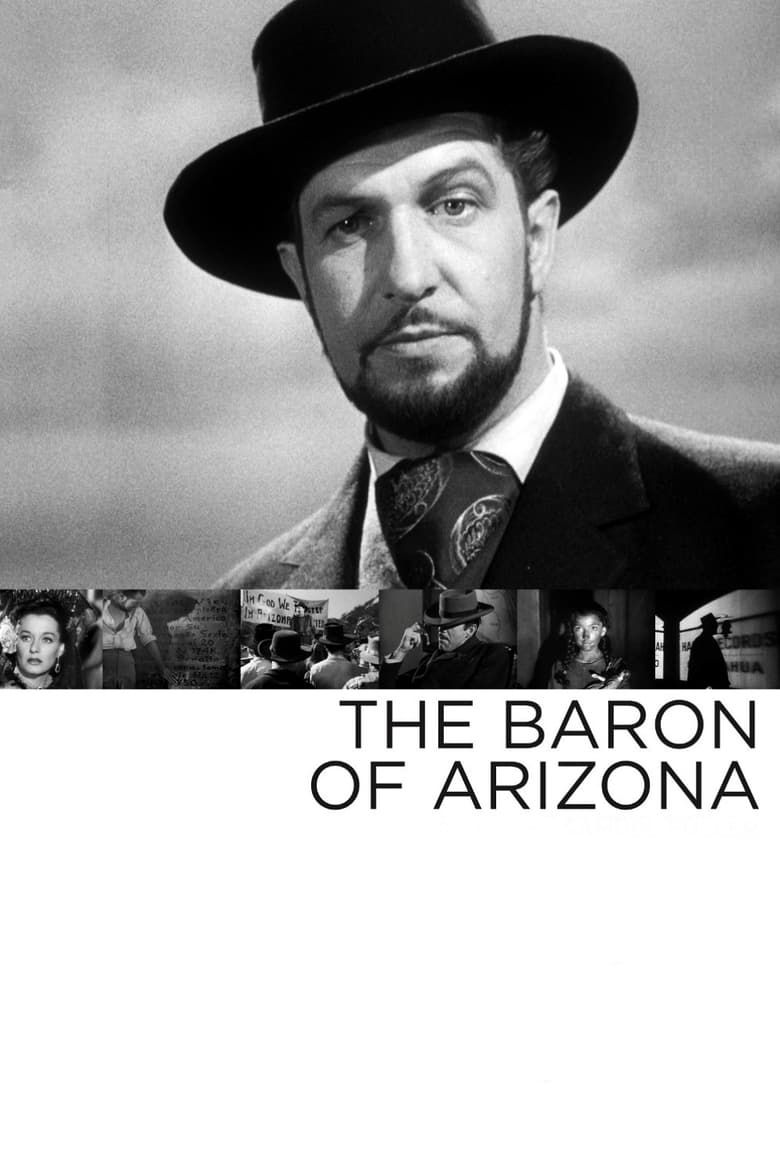
The Baron of Arizona
- Release Date
-
March 4, 1950
- Runtime
-
97 minutes
- Director
-
Samuel Fuller
-

Ellen Drew
Sofia de Peralta-Reavis
-

-

Vladimir Sokoloff
Pepito Alvarez
-

Beulah Bondi
Loma Morales
Vincent Price will forever be known as a horror icon, but like most working actors of his era, he did more than his fair share of Westerns. Based on the real-life case of a master forger who attempted to steal the territory of Arizona using doctored documents and a peasant girl passed off as nobility, Baron of Arizona makes perfect use of Price’s hamminess, casting him as a brazenly charismatic scam artist.
Samuel Fuller would later be hailed as one of the great maverick film directors. Just his second film, Baron of Arizona sees him already establishing some of his trademarks, including his fascination with brash, non-conformist characters, and love for sensationalistic material. His offbeat sensibilities pump life into what could’ve been a drearily average Western melodrama.
9
Silver Lode
High Noon Wasn’t The Only Anti-McCarthy Western
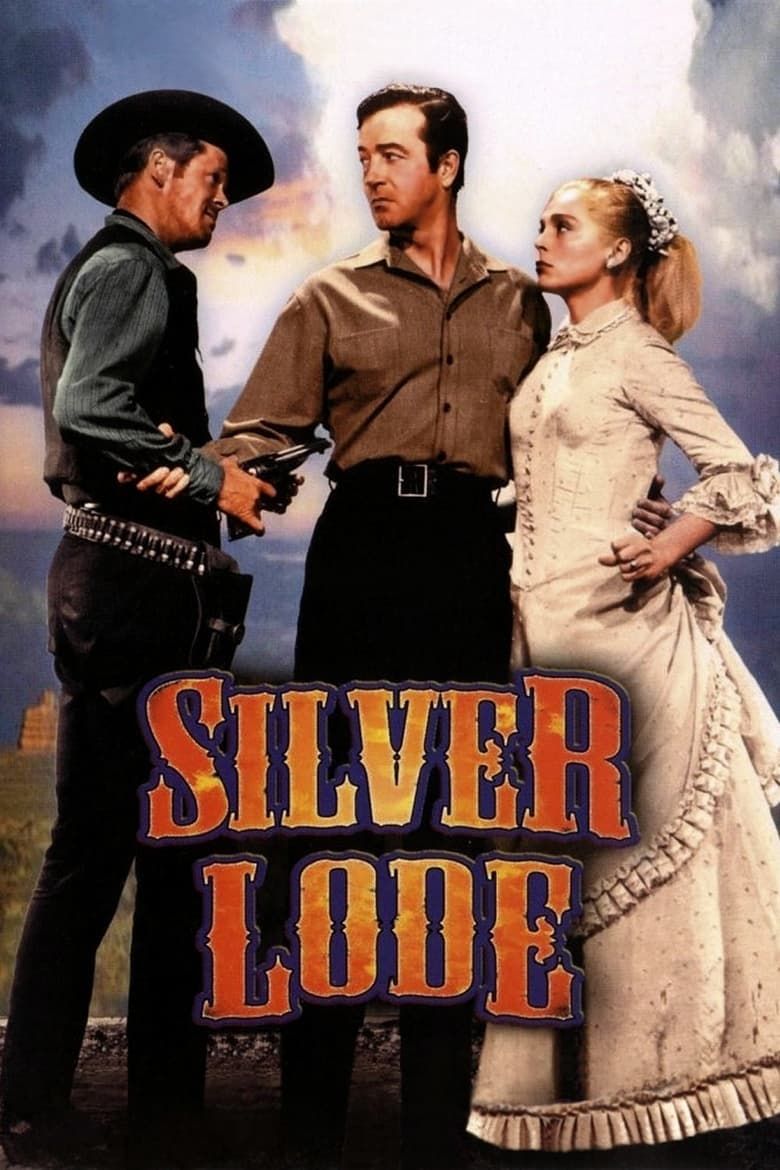
Silver Lode
- Release Date
-
July 23, 1954
- Runtime
-
81 minutes
- Director
-
Allan Dwan
-

-

Lizabeth Scott
Rose Evans
-

-

High Noon’s story of a sheriff standing alone against a group of bloodthirsty gunmen is famous for taking on McCarthyism via thinly-veiled allegory. Silver Lode did the same thing two years later, but removed most of the veil. Dan Duryea’s villain, a marshal who rides into town to arrest respected citizen John Payne for murder, is named “McCarty,” in case there was doubt about the film’s intentions.
Martin Scorsese praised Silver Lode in his documentary A Personal Journey With Martin Scorsese Through American Films
But Silver Lode has a more complex message than simple anti-McCarthyism. The marshal’s lies about Payne gradually convince the townspeople that he’s guilty, until Payne’s fiancée Lizabeth Scott saves him not with a gunshot as in High Noon, but with a fake telegram that ostensibly proves the marshal is himself a fraud. In this subversive Western, the duel is not between gunslingers wielding pistols, but desperate people armed with the ruthlessness to obliterate the truth in the name of their cause. High Noon‘s townsfolk are mere cowards; in Silver Lode, they’re dangerously gullible, ignorant, and corruptible.
8
Along the Great Divide
Kirk Douglas Makes His Western Debut
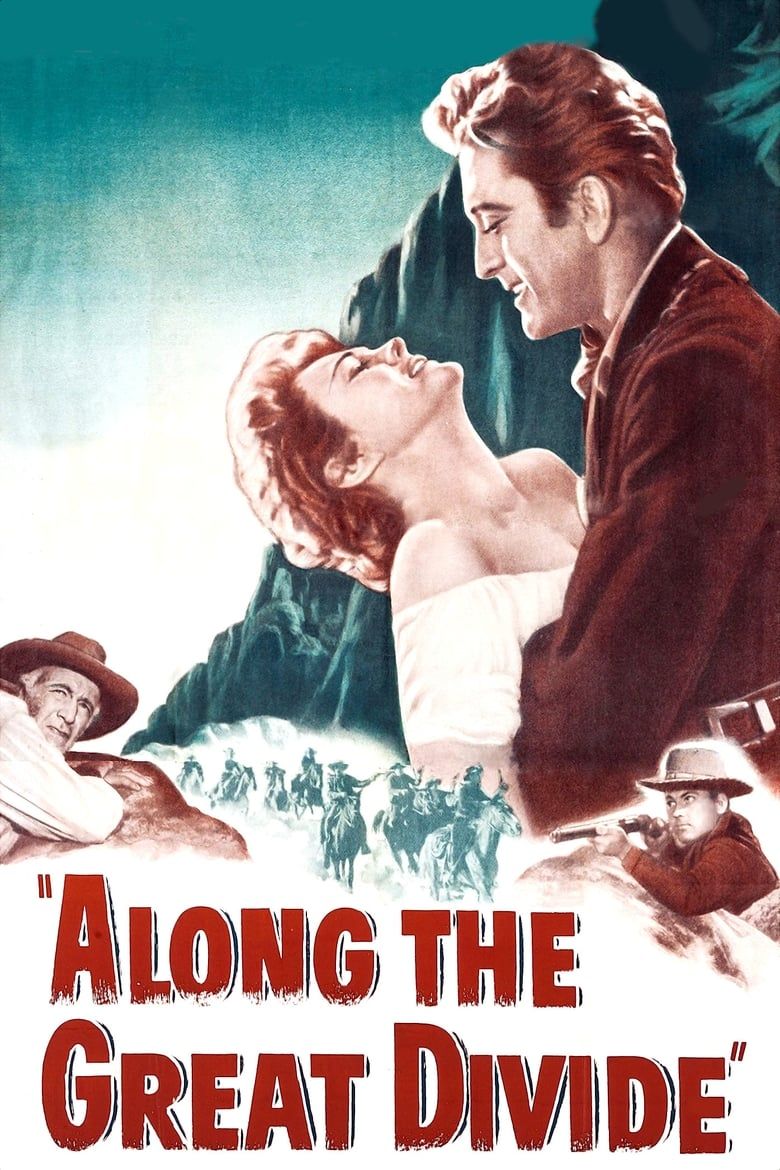
Along the Great Divide
- Release Date
-
June 2, 1951
- Runtime
-
88 minutes
- Director
-
Raoul Walsh
-

Kirk Douglas
Marshal Len Merrick
-

-

-

Walter Brennan
Timothy ‘Pop’ Keith
Kirk Douglas’ first Western is far from his best-known. Raoul Walsh directs the story of a marshal forced into protecting an accused killer from an enraged posse bent on dispensing frontier justice. As he did with James Cagney’s psychotic gangster in White Heat, Walsh penetrates beneath the genre’s surface, exploring the tortured psychology of Douglas’ character, and what motivates him to place duty above all else, even his life.
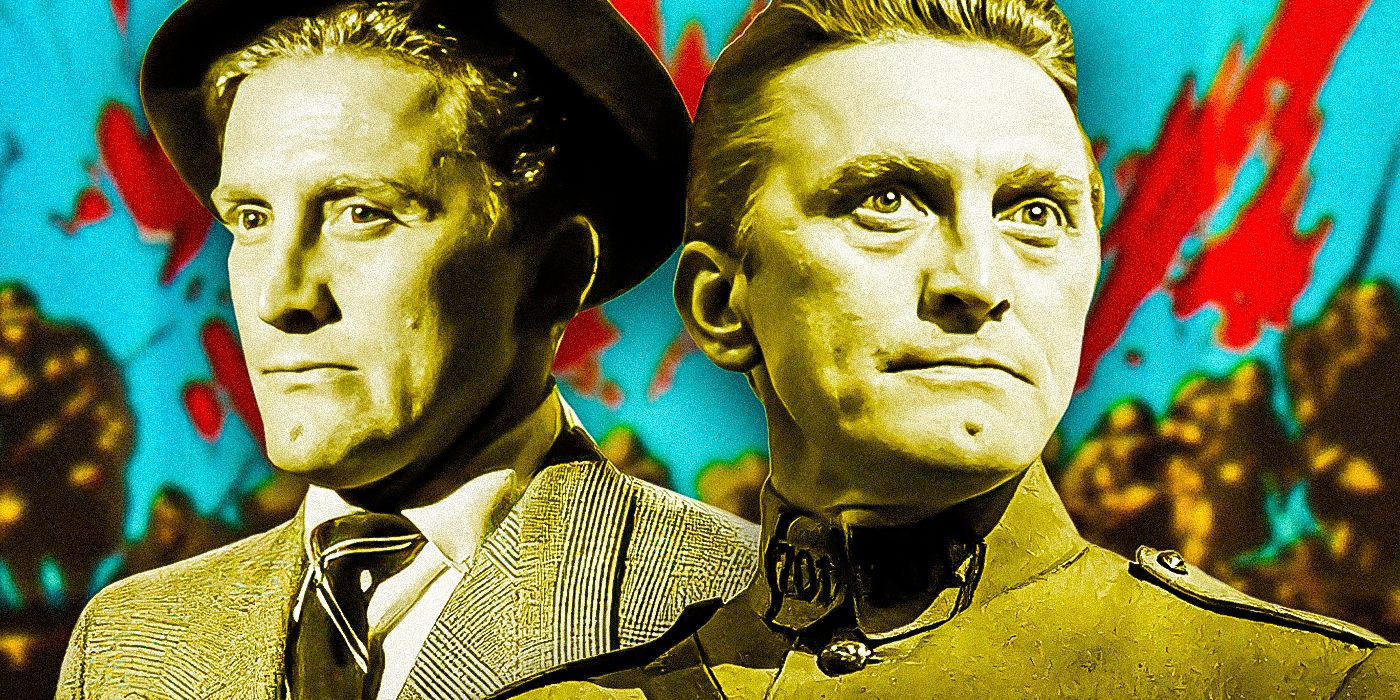
Related
Kirk Douglas’ 10 Best Movies, Ranked
With a career spanning more than 60 years and over 90 movies, screen legend Kirk Douglas truly stood as one of Hollywood’s all-time greats.
Starring alongside Douglas is prolific character actor Walter Brennan, who became famous for playing comic relief sidekicks to the likes of Humphrey Bogart and John Wayne, but here gets to play a hardcore bad guy.
7
Day of the Outlaw
Cold Westerns Are Their Own Genre
56 years before Quentin Tarantino made his own cold Western The Hateful Eight, Andre de Toth directed one of the sub-genre’s best examples, a bone-chillingly bleak square-off between Robert Ryan’s aggrieved rancher and Burl Ives’ ruthless homesteader, set in the aptly-named town of Bitters, Wyoming.
Day of the Outlaw uses the windswept Wyoming mountains to similar effect, making frontier life look so thoroughly miserable, it seems a wonder anyone lived long enough to establish civilization.
Typical Westerns draw much of their metaphorical punch from the arid desolation of their desert settings (or the grandeur of their vistas, as in John Ford’s more romanticized movies). Day of the Outlaw uses the windswept Wyoming mountains to similar effect, making frontier life look so thoroughly miserable, it seems a wonder anyone lived long enough to establish civilization.
6
Decision At Sundown
High Noon, But This Time The Townspeople Stand Up

Decision at Sundown
- Release Date
-
November 10, 1957
- Runtime
-
78 Minutes
- Director
-
Budd Boetticher
- Writers
-
Charles Lang, Vernon L. Fluharty
-

Randolph Scott
Bart Allison
-

John Carroll
Tate Kimbrough
-

Karen Steele
Lucy Summerton
-

Valerie French
Ruby James
Randolph Scott was the blank slate of Western stars. Most directors used him to convey the blandest sort of moral uprightness, and then there was Tarantino fave Budd Boetticher, who in the course of their eight movies together, found in Scott the perfect embodiment of unspoken inner-conflict.
Decision At Sundown casts Scott as a man on a quest for vengeance, whose single-mindedness seems scary but maybe noble, until the rug is pulled out from under him, and the viewer, in a great reveal that drives home how revenge-lust is just narcissism. High Noon saw frontier people as cowards in need of saving, but Decision At Sundown gives the civilized people ultimate agency, while the presumptive hero is outed as delusional, and cast out for being an anti-democratic, de-civilizing force.
5
The Man From Laramie
Anthony Mann’s Best Jimmy Stewart Western
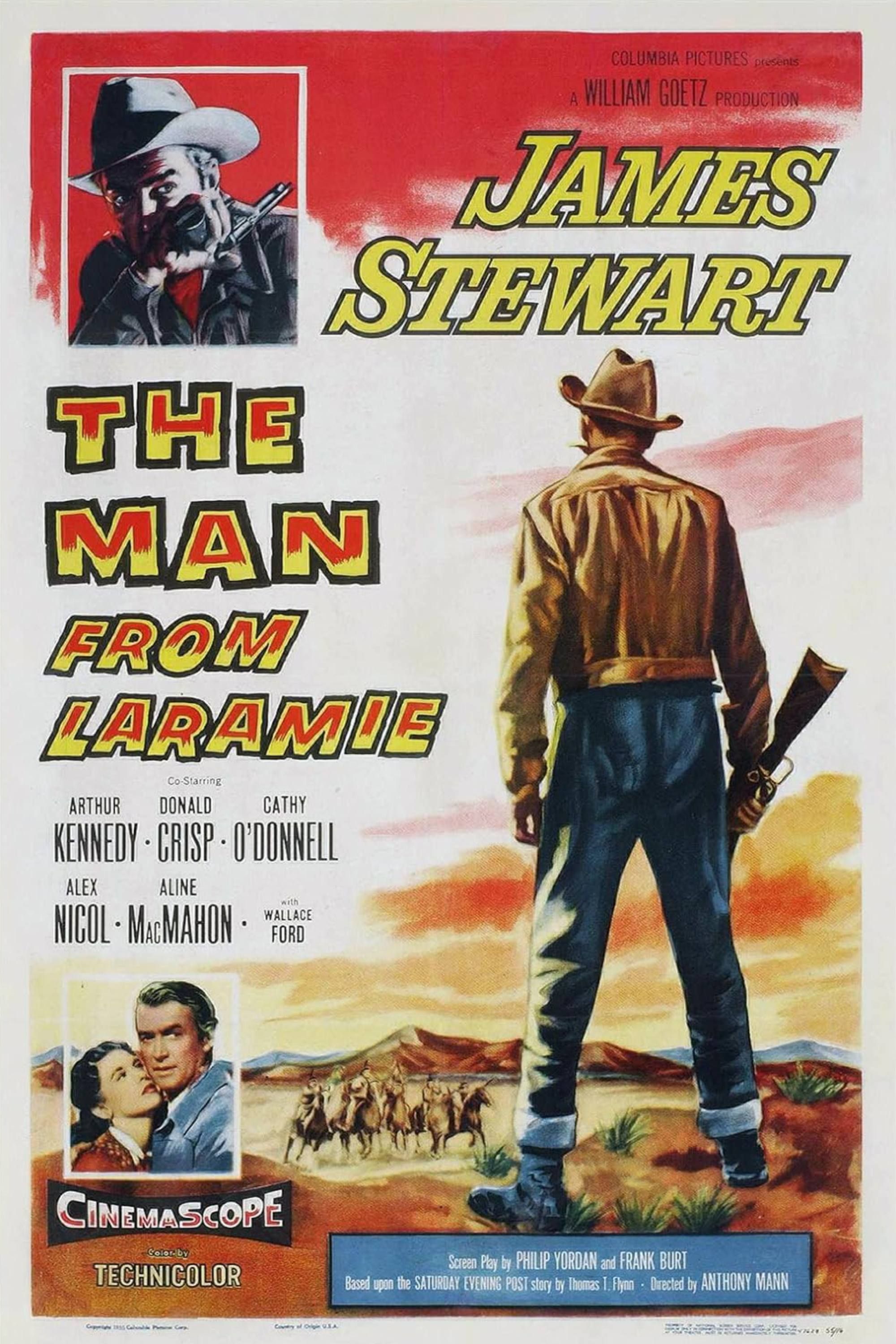
The Man from Laramie
- Release Date
-
August 31, 1955
- Runtime
-
103 Minutes
- Director
-
Anthony Mann
-

James Stewart
Will Lockhart
-

Arthur Kennedy
Vic Hansbro
-

Donald Crisp
Alec Waggoman
-

Cathy O’Donnell
Barbara Waggoman
Jimmy Stewart was the only actor earnest enough to sell Capra’s Mr. Smith Goes to Washington. Beginning with Winchester ‘73, the Oscar-winner embarked on a collaboration with hard-bitten B-movie director Anthony Mann, that found Stewart leaving behind his Mr. Smith boyishness altogether, and doubling-down on the world-weary quality he had begun displaying in Capra’s It’s a Wonderful Life, unleashing the Hard Jimmy Stewart of the 1950s (before he evolved again into a corny grandpa).
Hard Jimmy Stewart might be a tough hang for those who only know the actor as George Bailey. Mann, like Hitchcock, saw in the star a crazed quality that could easily read as an obsessive sense of purpose. As the titular Man from Laramie, Stewart must dodge attacks from all sides, in the name of a cause almost righteous enough to justify his near-suicidal zeal.
4
Terror in a Texas Town
Who Needs A Gun When You Have A Harpoon?
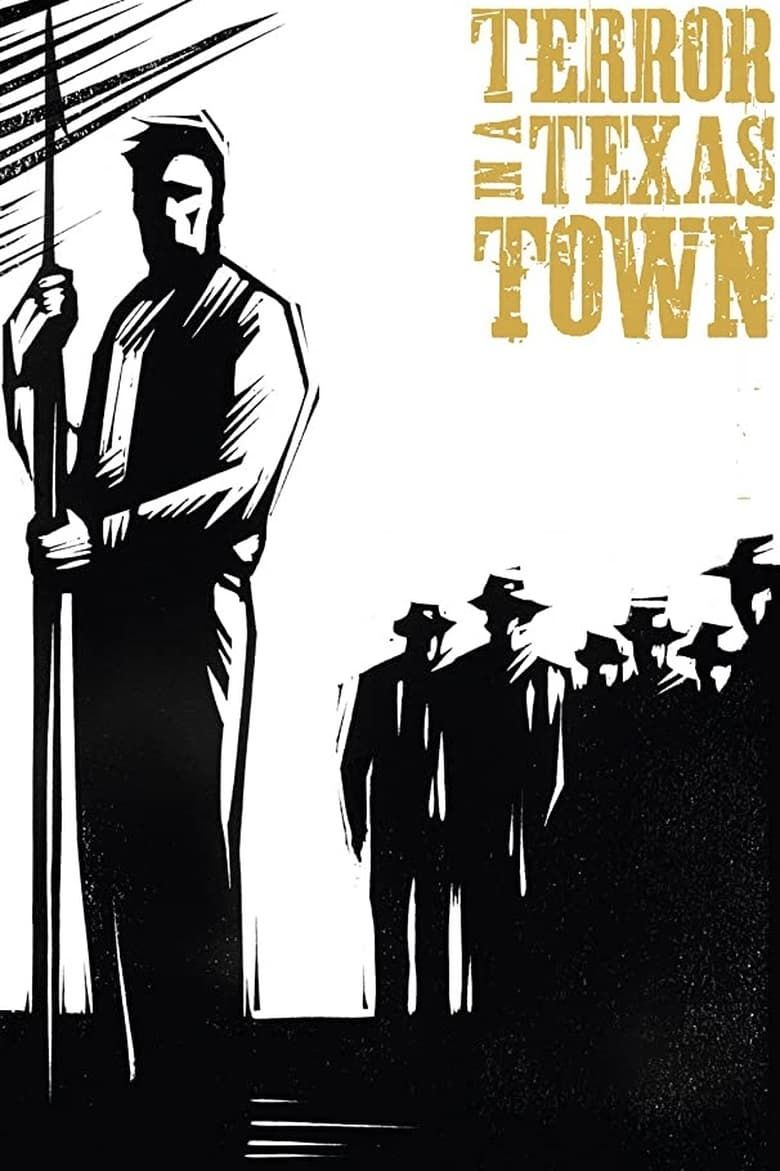
Terror in a Texas Town
- Release Date
-
September 1, 1958
- Runtime
-
81 minutes
- Director
-
Joseph H. Lewis
-

Sebastian Cabot
Ed McNeil
-

Sterling Hayden
George Hansen
-

-

Eugene Mazzola
Pepe Mirada
Another High Noon-like portrait of a lone man standing up against the unscrupulously violent, but this time, instead of a gun, he’s armed with only a whaling harpoon (a weapon symbolic of his otherness). The sight of a harpoon-wielding Sterling Hayden facing off against a one-handed gunslinger is an oddity fully worthy of the ever-unique Joseph H. Lewis, director of the cult classic noir Gun Crazy.
Terror in a Texas Town is reputed to have been shot in 10 days on a budget of $80,000
Terror in a Texas Town is thematically an anti-blacklist movie (that also has something to say about America’s anti-immigrant attitudes), but it was also anti-blacklist in other, more tangible ways, being written by Dalton Trumbo, and starring Hayden, both of whom had run afoul of HUAC’s witch hunters. Lewis was ready to retire by the time he made this, so he didn’t care about the hit his reputation might take by working with blacklisted talent.
3
Rancho Notorious
Fritz Lang Finally Works With Marlene Dietrich
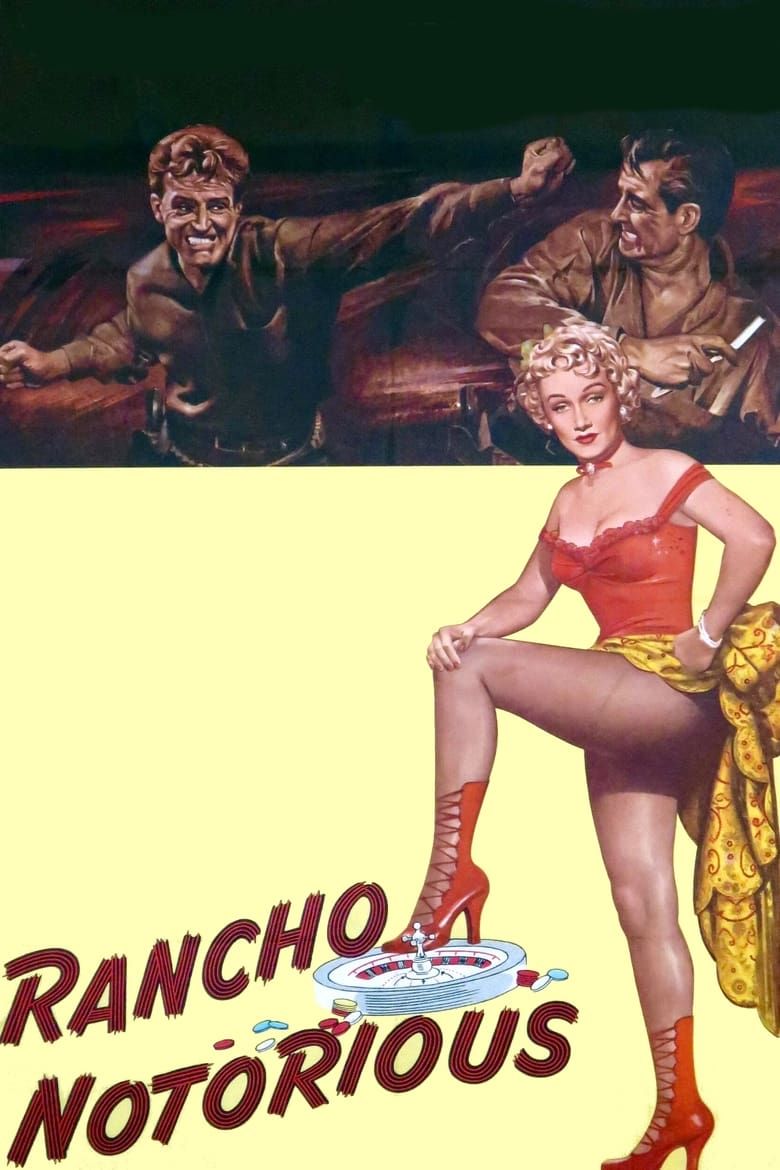
Rancho Notorious
- Release Date
-
March 6, 1952
- Runtime
-
86 minutes
- Director
-
Fritz Lang
-

Arthur Kennedy
Vern Haskell
-

Marlene Dietrich
Altar Keane
-

Mel Ferrer
Frenchy Fairmont
-

They both started in movies in Germany during the silent days, so it’s a little surprising that Fritz Lang and Marlene Dietrich never worked together until 1952’s Rancho Notorious. It’s a memorable sole collaboration, perfectly casting Dietrich as a mysterious ranch owner, who falls for hard-bitten Arthur Kennedy, not knowing his advances are insincere, and that he’s just after info about the man who raped and killed his fianceé.
It’s easy enough to imagine the perfectly fine work this Daniel Taradash-written movie could’ve been, if not for the Lang directorial touch, which elevates it to classic status. Lang’s non-noirs tend to be underrated, but Rancho Notorious is basically a noir thriller that happens to have a Western setting, and should properly be regarded as one of his most effective suspense exercises.
2
Vera Cruz
Robert Aldrich Sees The Future
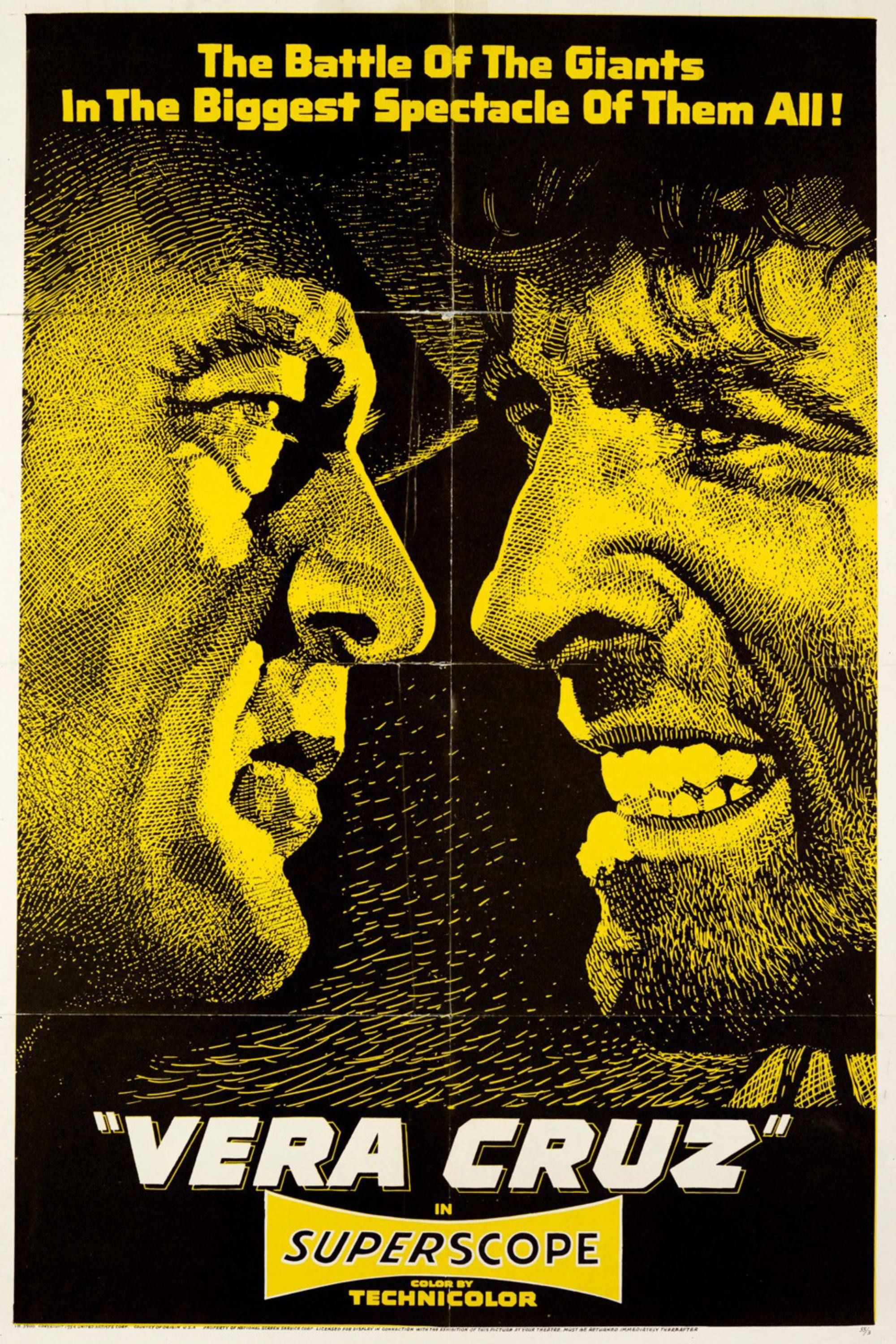
Vera Cruz
- Release Date
-
December 25, 1954
- Runtime
-
94 Minutes
- Director
-
Robert Aldrich
-

Gary Cooper
Benjamin Trane
-

-

Denise Darcel
Countess Marie Duvarre
-

Cesar Romero
Marquis Henri de Labordere
Burt Lancaster and Gary Cooper headline a buddy Western where the two ostensible buddies don’t really like each other, essentially making Vera Cruz a Bob-and-Bing Road movie without the jokes (the real joke fueling those movies was the secret hatred the seemingly breezy main characters had for each other).
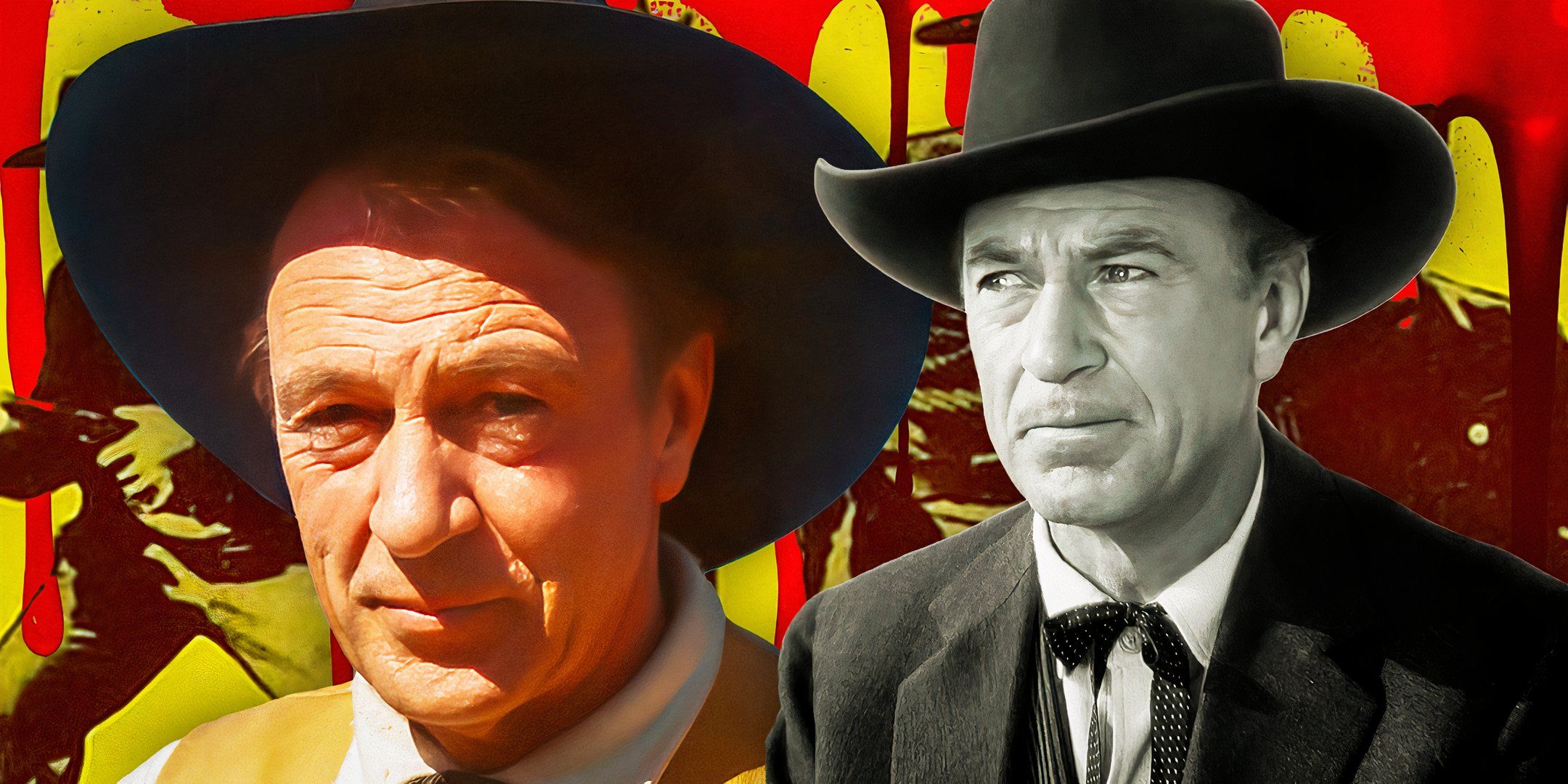
Related
Gary Cooper’s 10 Best Westerns, Ranked
Gary Cooper has been an icon in Western cinema for decades, with iconic roles in films like High Noon and Man of the West under his belt.
Robert Aldrich couldn’t get away with the level of violence Sergio Leone and Sam Peckinpah would later reach, but he could muddy up the morality in the manner of those later directors, both of whom were clearly influenced by Vera Cruz. The film still belongs firmly to the era of traditional Westerns, which started in the silent days, and hit its peak in the late ‘50s, but points the way toward a future dominated by Spaghetti Western aesthetics, revisionist attitudes, and increasingly explicit brutality.
1
Forty Guns
The Best Western Of The 1950s
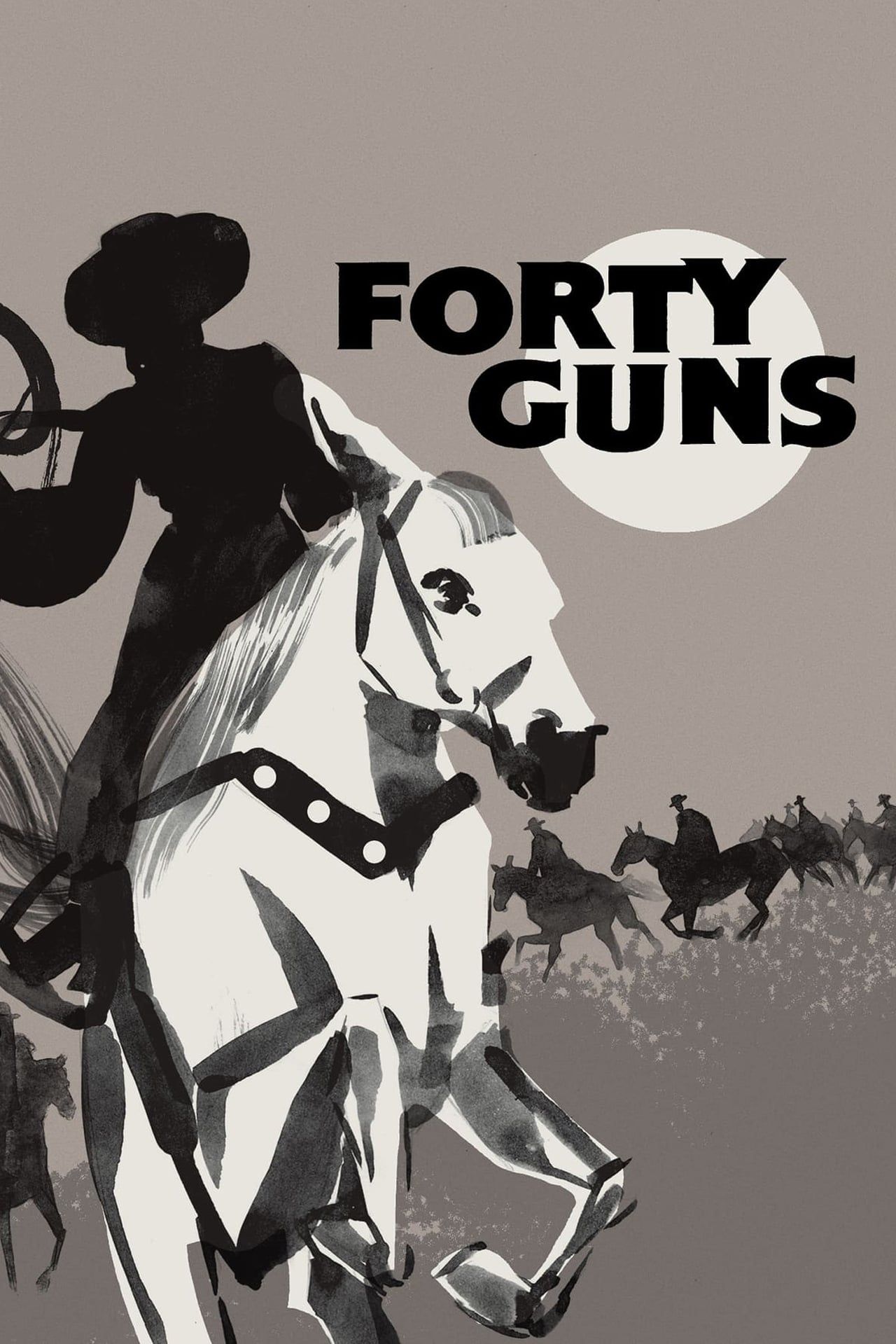
Forty Guns
- Release Date
-
September 10, 1957
- Runtime
-
80 Minutes
- Director
-
Samuel Fuller
-

Barbara Stanwyck
Jessica Drummond
-

Barry Sullivan
Griff Bonell
-

Dean Jagger
Sheriff Ned Logan
-

John Ericson
Brockie Drummond
AFI’s list of the 10 greatest Westerns is headed up by three titles released in the 1950s: The Searchers, High Noon, and Shane. Missing entirely from this list is the actual best Western of the decade, Sam Fuller’s Forty Guns, a movie so unhinged that, if it didn’t inspire Russ Meyer, it should have.
Fuller’s Forty Guns script synthesizes all his disreputable, pulpy tendencies into something like a perfect potboiler, and then there are the movie-nerd shots, the most memorable being a POV shot down a rifled gun-barrel, a la James Bond. Barbara Stanwyck’s whip-wielding Jessica Drummond is at least a cousin to Joan Crawford’s Vienna from Johnny Guitar, if not a sister-in-arms. Fuller’s off-the-wall perversity perhaps feels crude alongside the vaunted John Ford lyricism, but it also makes his Forty Guns feel fresher and more daring than anything by the sainted filmmaker behind the staid, overrated Searchers.




